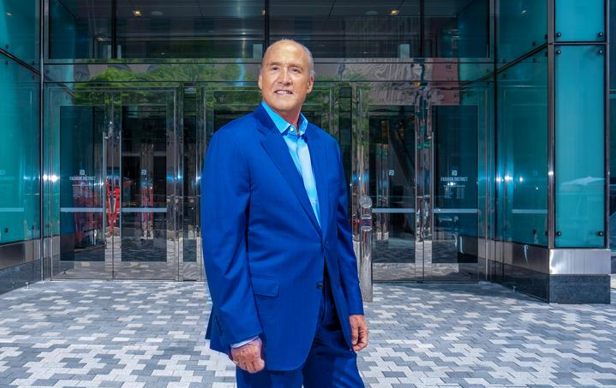PREIT's Joe Coradino on the new mall consumer
Well before the onset of the pandemic, PREIT and its CEO, Joseph Coradino, took a long, hard look at its portfolio of super-regional malls, replaced department store anchors, and began divesting properties that failed to achieve minimum sales levels.
We asked Joe to share with us a few of the things he’s learned about shoppers during the first 20 years of the 21st Century.
Demographically, how are core mall shoppers different than they were 20 years ago?
Mall shoppers today are much more technologically savvy than they were two decades ago. Today, we place a significant focus on millennials and Gen Zers, who often value experiences over goods. The technological revolution we have seen in recent years has given rise to shoppers who expect a seamless integration between online and in-store experiences.
They conduct due diligence ahead of a shopping trip and are often more purposeful in their visits. We’re diversifying our tenant mix to give these shoppers more reasons for shoppers to visit our properties.
Have remote work routines influenced changes in your tenant lineups?
Recognizing the shift in work patterns, we've tailored our offerings to cater to the flexible work arrangements we are seeing. As the suburbanization trend has unfolded, we have focused on ensuring that our malls offer variety for our communities that include expanded dining, leisure, and wellness options.
If we give people more of what they need at our properties, we can take advantage of the increased flexibility in their schedules to drive traffic during traditional off-peak hours.
What do new consumers look for in malls that they wouldn’t have found there 10 years ago?
Today's consumers look for experiences that extend beyond traditional retail. They're looking for entertainment options, competitive social experiences like pickleball and golf simulators, experiential dining—and even new fitness and wellness options. Our vision is to create all-in-one community hubs, which in some cases include hotels and apartments as well.
The traditional wheel-and-spoke composition of the traditional mall has lost its luster. Has your leasing team created a new template for the new consumer?
PREIT was well ahead of the curve on the department store replacement front as this outdated model became crystal clear to us. As such, over a five-year period, we replaced 20 irrelevant anchors with more than 40 new tenants spanning a variety of uses. We attribute our success in becoming the top mall in smaller markets to this proactive strategy.
Lots of mall owners have dropped the word “mall” from their properties’ titles. PREIT hasn’t. Why not?
We believe there is more value in operators redefining the word than there is trying to pretend it doesn’t exist. The definition today is a central gathering place for shopping, entertainment, convenience, and community engagement.
While the concept of the mall is evolving, the foundational idea of a mall as a community hub remains relevant, and we continue to embrace it.



